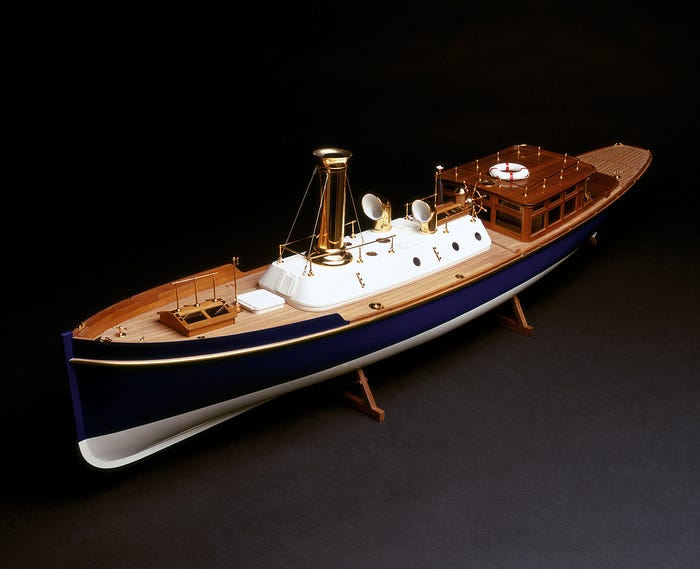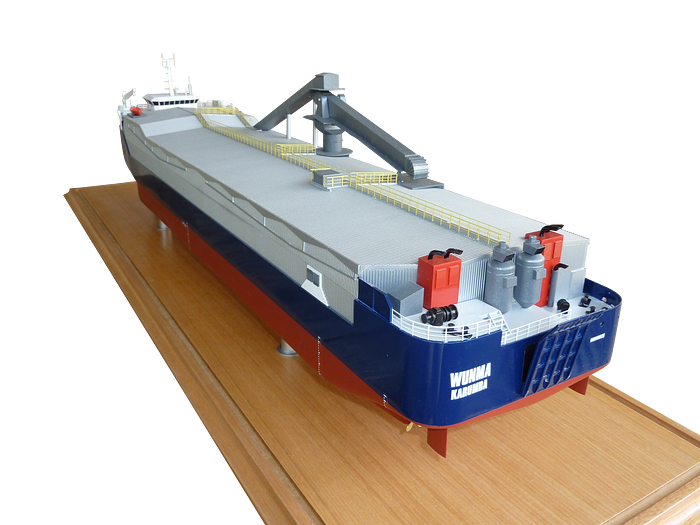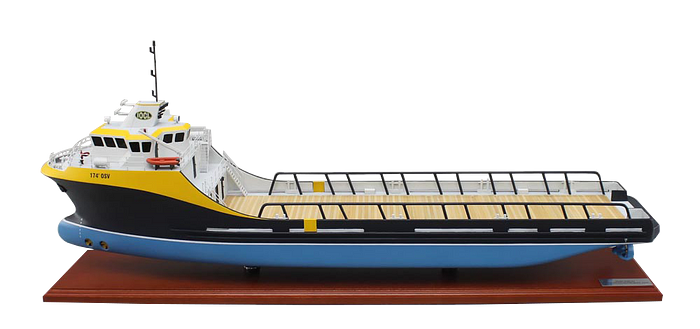Table of contents
- History of Ship Model Making
- Types of Ship Models
- Essential Tools and Materials
- Choosing the Right Ship Model Kit
- Preparing Your Workspace
- Understanding the Instructions
- Building the Hull
- Constructing the Deck and Superstructure
- Rigging and Sails
- Painting and Finishing
- Detailing and Adding Accessories
- Displaying Your Ship Model
- Maintenance and Care
- FAQs
Model making is a fascinating hobby that combines craftsmanship, patience, and a love for maritime history. Creating miniature replicas of ships, boats, and marine vessels allows enthusiasts to delve into the intricate details of nautical engineering and design. Ship model making, in particular, has a timeless appeal, offering a blend of artistry and technical skill that captivates hobbyists around the world.

History of Ship Model Making
Ship model making dates back centuries, with its origins rooted in ancient civilizations. Early ship models were often used for religious purposes or as burial offerings. Over time, they evolved into tools for shipbuilders to visualize and plan full-sized vessels. Notable historical models include those from the Egyptian tombs, the Viking era, and the Age of Sail, each reflecting the maritime technology and craftsmanship of their times.
Types of Ship Models
Static Models
Static ship models are designed for display rather than movement. They are often highly detailed, capturing the essence of historical or contemporary vessels with precision. These models are perfect for collectors and those who appreciate the beauty of maritime design.
Dynamic Models
Dynamic ship models are built to move, whether on water or through mechanical means. These include radio-controlled models and functional replicas that can sail, powered by motors or the wind. Building dynamic models requires additional skills and knowledge of mechanics and electronics.
Scale Models
Scale models are replicas that adhere to a specific ratio compared to the original vessel. Common scales include 1:50, 1:100, and 1:250. Scale models are prized for their accuracy and are often used in educational settings to teach naval architecture and history.
Essential Tools and Materials
Basic Tools
For any ship model project, you’ll need some basic tools:
Hobby knife
Cutting mat
Sandpaper
Tweezers
Clamps
Advanced Tools
For more advanced builders, additional tools can enhance your model-making experience:
Rotary tools
Airbrush kits
Precision saws
Miniature drills
Materials Used
Common materials include:
Wood (basswood, balsa)
Plastic (styrene)
Metal (brass, copper)
Rigging materials (thread, wire)

Choosing the Right Ship Model Kit
When selecting a ship model kit, consider:
Skill level (beginner, intermediate, advanced)
Scale and size
Historical accuracy
Personal interest (era, type of vessel)
Popular brands include Revell, Tamiya, and Model Shipways, each offering a range of kits to suit different preferences and expertise levels.
Preparing Your Workspace
A well-organized workspace is crucial for model making. Ensure you have:
A sturdy, well-lit workbench
Storage for tools and materials
Adequate ventilation, especially when using paints and adhesives
Safety gear (goggles, gloves)
Understanding the Instructions
Model kits come with detailed instructions. Familiarize yourself with:
Diagrams and symbols
Step-by-step assembly guides
Terminology specific to shipbuilding
Building the Hull
The hull is the foundation of your ship model. Start by:
Assembling the framework according to the kit instructions
Planking the hull, ensuring each plank fits snugly
Sanding and smoothing the hull to create a seamless surface
Constructing the Deck and Superstructure
Once the hull is complete, move on to the deck and superstructure:
Lay the deck, aligning it properly with the hull
Add details such as cabins, gunwales, and hatches
Build the superstructure, including masts, cranes, and other features
Rigging and Sails
Rigging and sails add authenticity and detail to your model:
Study the types of rigging specific to your ship
Use fine thread or wire for the rigging, following historical accuracy
Install sails, if applicable, ensuring they are properly shaped and positioned
Painting and Finishing
A good paint job brings your model to life. Choose paints that match the historical colors of your vessel:
Use primer to prepare surfaces
Apply paint in thin, even coats
Finish with varnish or other protective coatings to preserve the paintwork
Detailing and Adding Accessories
The final touches include adding intricate details and accessories:
Use fine brushes and tools to paint small details
Install fittings such as anchors, lifeboats, and railings
Ensure all parts are securely attached and align with historical references

Displaying Your Ship Model
Once your model is complete, display it proudly:
Choose a display case to protect it from dust and damage
Consider mounting options, such as stands or brackets
Use lighting to highlight the craftsmanship and details
Maintenance and Care
Proper maintenance ensures your model remains in pristine condition:
Regularly dust the model using a soft brush or cloth
Avoid direct sunlight to prevent fading
Periodically check for loose parts or wear and repair as needed
Building a ship model is a rewarding journey that combines creativity, patience, and skill. Whether you’re a beginner or an experienced modeler, the process of bringing a miniature vessel to life offers immense satisfaction. So, set sail on your model-making adventure and enjoy the voyage!
FAQs
How long does it take to build a ship model?
The time required can vary greatly depending on the complexity of the model and the builder’s experience. A simple kit might take a few weeks, while more intricate models can take several months or even years.
What is the best ship model kit for beginners?
For beginners, it’s best to start with a simpler kit from reputable brands like Revell or Tamiya. Look for kits labeled as suitable for beginners, with fewer parts and clear instructions.
Can I make a ship model from scratch?
Yes, building a model from scratch is possible and can be very rewarding. However, it requires advanced skills and a deep understanding of ship design and construction. Beginners are advised to start with kits before attempting scratch builds.
What is the most challenging part of building a ship model?
Many modelers find rigging to be the most challenging part due to its complexity and the fine motor skills required. Patience and practice are key to mastering this aspect.
How do I maintain my ship model?
To maintain your model, keep it in a display case to protect it from dust and damage. Regularly dust it with a soft brush and avoid exposure to direct sunlight. Periodically check for any loose parts and make necessary repairs.
“Shree Creators specializes in crafting exquisite ship models, bringing historical and modern vessels to life with meticulous attention to detail and expert craftsmanship. Our ship models are perfect for collectors, enthusiasts, and maritime professionals, showcasing the artistry and precision that define our work.”
